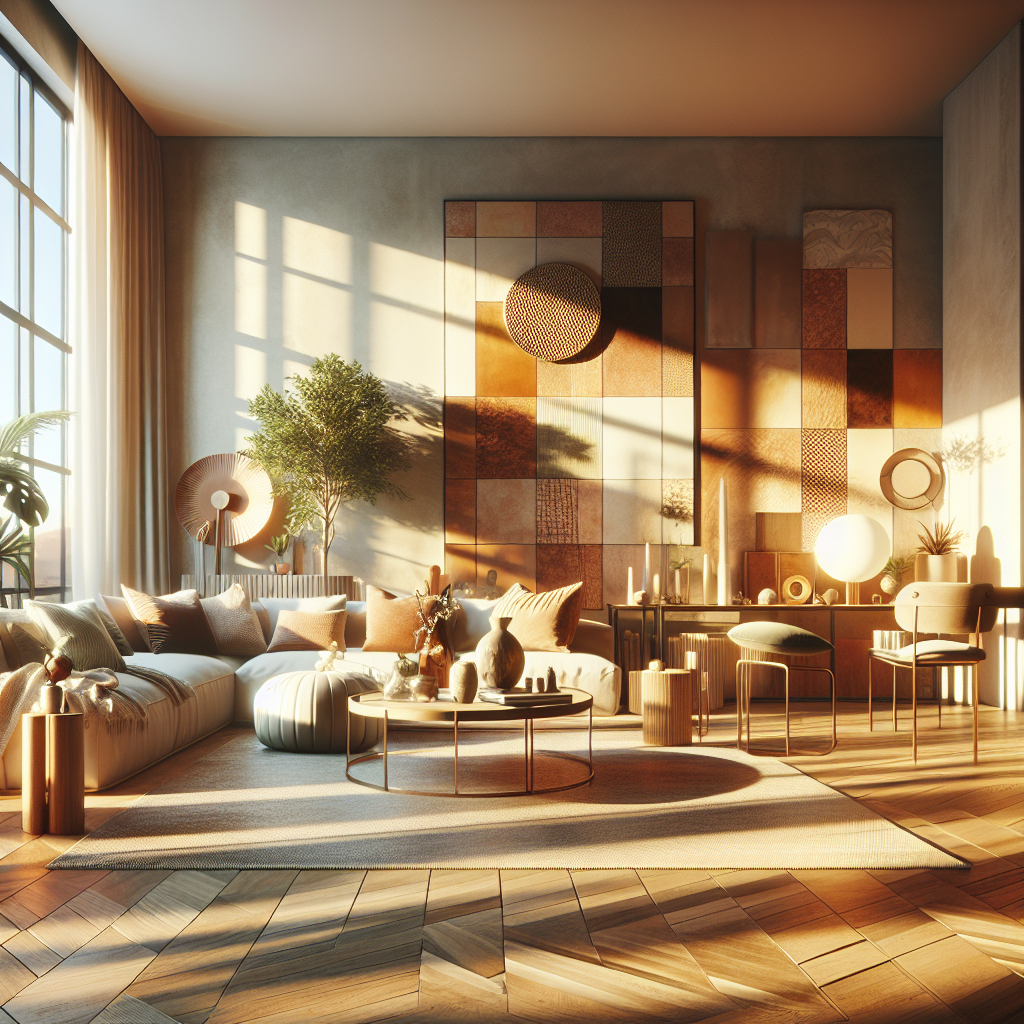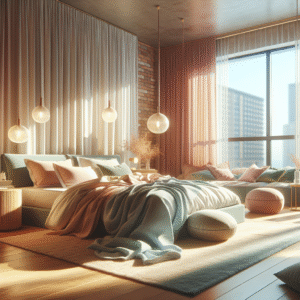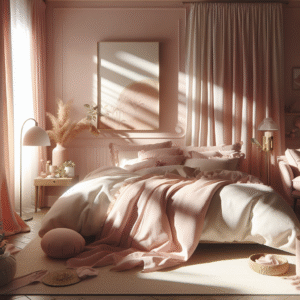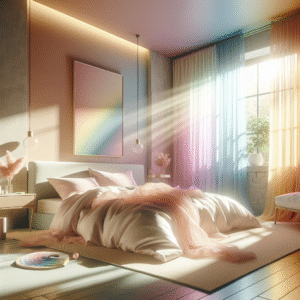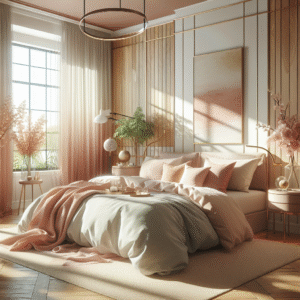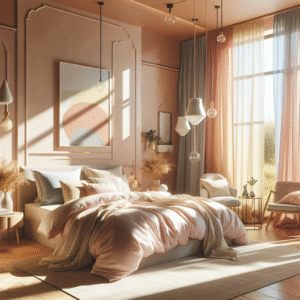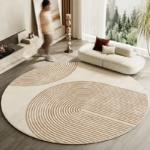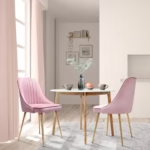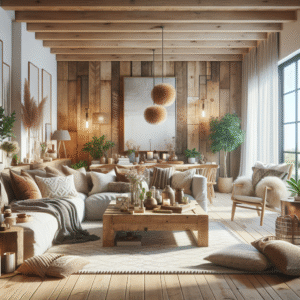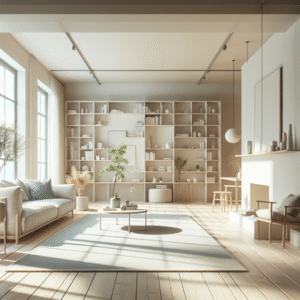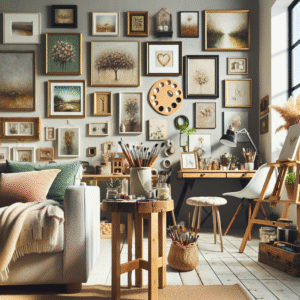Your target audience: Are they trendsetters, budget-conscious decorators, or something else?
Ever wonder why some decorating advice clicks with certain people while completely bombing with others? It’s not just about taste – a huge part of it is understanding your audience. Are you talking to folks who religiously follow design blogs, or those who are trying to make their space look nice on a shoestring? Knowing the difference is key.
Why Target Audience Matters in Decorating Content
You know, creating content that resonates really boils down to figuring out who you’re talking to. Imagine giving high-end, minimalist design tips to someone who’s all about maximalist, budget-friendly DIY. That’s gonna be a miss, right? Understanding your audience helps you tailor everything—from the specific advice to the overall tone.
Identifying the Trendsetters: The Early Adopters
So, who are these trendsetting folks, anyway? Well, they’re the ones scrolling through Instagram for the latest avant-garde styles, the people who know what “Japandi” means before it even hits mainstream furniture stores. They’re always looking for something new, something daring, something that sets them apart. You might think they are easy to please – just give them the newest thing!- but trust me; they are a discerning bunch.
Characteristics of Trendsetters
- Tech-Savvy: They’re usually active on social media, design blogs, and online forums.
- High Disposable Income: Trendsetting usually means spending more to be at the forefront.
- Influential: They often influence their friends and followers; what they do gets noticed.
- Open to Experimentation: They are willing to try bold colors, unusual materials, and quirky layouts.
Content That Resonates with Trendsetters
What do people looking to set trends actually want? In a nutshell: innovative concepts, exclusive previews, and deep dives into cutting-edge stuff. Talk about fresh color palettes, sustainable materials nobody has heard of, and collaborations between high-end designers and tech wizards. You know, appeal to their aspiration to be ahead of the curve; that’s the sweet spot.
The Budget-Conscious Decorators: Style on a Shoestring
Right, let’s switch gears. These are the masters of DIY, the kings and queens of thrift stores, and the wizards of repurposing. They’re not necessarily after the latest trends; they’re after maximum impact with minimum spend. They’re resourceful. They’re creative. And they appreciate a clever hack more than a designer label. They might not always admit it, but everyone loves a good deal.
Traits of Budget-Conscious Decorators
- Value-Driven: Price is a significant factor in their decision-making.
- DIY Enthusiasts: They enjoy creating and customizing items themselves.
- Savvy Shoppers: They spend time hunting for discounts and comparing prices.
- Resourceful: They can see potential in old items and are good at upcycling.
Content That Resonates with Budget-Conscious Decorators
What really grabs the attention of the budget-conscious crowd? Practical tips, affordable alternatives, and step-by-step guides that save them money without sacrificing style. Think “How to Transform Pallets into Chic Furniture,” “The Best Deals on Home Decor Under $50,” or “Upcycling Projects That Will Blow Your Mind.” Be real, be relatable, and above all, be actionable.
The Practical Minimalists: Clean, Functional, and Calm
Then you’ve got this group—the ones who believe less is more. Think clean lines, decluttered spaces, and a focus on function above all else. They’re not necessarily trend-driven or budget-focused, but they appreciate quality and simplicity. These folks crave serenity in their homes and abhor excess.
Characteristics of Practical Minimalists
- Functionality-Focused: Every item must serve a purpose.
- Appreciate Quality: They’re willing to invest in durable, long-lasting pieces.
- Proponents of Decluttering: They regularly purge unnecessary items.
- Calm Aesthetics: Neutral color palettes and simple designs are preferred.
Content That Resonates with Practical Minimalists
What kind of content speaks to them? Guides on optimizing small spaces, choosing timeless furniture, and creating a serene atmosphere. Articles like “The Ultimate Guide to Minimalist Living,” “How to Declutter Your Home for a Clearer Mind,” and “Creating a Functional Home Office” should do the trick. You know, focus on usefulness and durability, and they will eat it up.
The Eclectic Collectors: A Mélange of Styles and Stories
Ah, the eclectic souls! These decorators march to the beat of their own drums. They blend vintage finds with modern pieces, high-end art with flea market treasures, and don’t worry too much about following any particular rules. Their homes are galleries of personal stories and unique experiences.
Traits of Eclectic Collectors
- Unconventional: They don’t adhere to standard design rules.
- Personal Storytellers: Their homes reflect their unique journeys.
- Love of Variety: They enjoy mixing different styles, textures, and colors.
- Sentimental: They often collect items with personal significance.
Content That Resonates with Eclectic Collectors
How do you engage these free spirits? Encourage their creativity with articles on mixing patterns, displaying collections, and finding vintage gems. Ideas like “How to Curate a Gallery Wall That Tells Your Story,” “Mixing Vintage and Modern Decor Like a Pro,” and “The Best Flea Markets for Unique Home Finds” will hit the mark. The key is to champion individuality; that’s what they’re all about.
The Family-Oriented Homebodies: Comfort, Function, and Togetherness
Okay, imagine this: comfy sofas, kid-friendly fabrics, and spaces designed for gathering. Meet the family-oriented homebodies, folks who prioritize comfort, function, and togetherness above all else. Their homes are havens for creating memories and spending quality time together.
Characteristics of Family-Oriented Homebodies
- Comfort-Driven: Soft textures and cozy furniture are a must.
- Child-Friendly: Durable, easy-to-clean materials are essential.
- Communal Spaces: Open-plan living and large dining areas are preferred.
- Safety-Conscious: They prioritize safety in their home decor choices.
Content That Resonates with Family-Oriented Homebodies
How do you speak to this audience? Offer practical tips for creating kid-friendly spaces, organizing family areas, and finding durable decor that still looks stylish. Think along the lines of “Creating a Kid-Friendly Living Room That’s Also Stylish,” “The Ultimate Guide to Family-Friendly Organization,” and “Durable Decor Ideas That Can Withstand Kids.” You know, make it practical and warm, and you’ve got their attention.
Blending Audience Personas: Because People Are Complex
Here’s the thing: most people aren’t just one thing. You might have a trendsetter who’s also budget-conscious, or a minimalist who loves incorporating family heirlooms. It’s about finding the right mix, creating content that appeals to multiple facets of your audience’s personality. People are complex, and their tastes in decoration can be too!
Recognizing Overlapping Traits
Maybe someone’s a budget-conscious decorator who also appreciates minimalist design principles. Or perhaps a trendsetter who wants family-friendly options. It’s all about spotting those intersections and adjusting your message accordingly.
Crafting Content for Hybrid Audiences
So, how do you appeal to different folks at the same time? You might focus on affordable ways to incorporate trends, minimalist designs that are still family-friendly, or upcycling projects with a modern twist. The trick, honestly, is finding the sweet spot where different needs intersect.
The Power of Audience Research
Alright, let’s get real for a second. How do you actually figure out who your audience is and what they want? Time for some good old-fashioned research. Don’t just assume; get concrete data.
Surveys and Polls
These can be a goldmine for gathering direct feedback. Ask your audience what styles they prefer, what their biggest decorating challenges are, and where they get their inspiration. Tools like SurveyMonkey or Google Forms can work wonders. Quick tip: offering incentives can really boost participation rates.
Social Media Analysis
Social media platforms are treasure troves of insight. Tools like HubSpot, Buffer and others can help you track engagement, identify trends, and understand what content resonates. Pay attention to the comments, shares, and likes – they tell a story.
Website Analytics
Dig into your website data using Google Analytics. Find out which pages are the most popular, how long people stay on each page, and where they’re coming from. This gives you a clear picture of what your audience is interested in.
Tailoring Content to Different Platforms
You know what? Not all platforms are created equal. What works on Instagram might completely flop on Pinterest, and vice versa. It’s vital to customize your content for each. Let me break it down.
Instagram: Visual Inspiration and Quick Tips
Instagram is all about visuals. High-quality photos and short, snappy captions are key. Before-and-after transformations, style inspiration, and quick DIY tips tend to do well. And don’t forget to use relevant hashtags to reach a wider audience.
Pinterest: In-Depth Guides and Project Ideas
Pinterest is a visual search engine. Create detailed guides, project tutorials, and resource roundups. Use high-quality images and keyword-rich descriptions to make your content discoverable. People use Pinterest to plan, so make sure you deliver actionable advice.
Blogs and Websites: Comprehensive Articles and Thought Leadership
Your own blog or website is the place for in-depth articles, opinion pieces, and long-form content. This is where you can really dig deep, establish your expertise, and build a loyal following. Plus, it’s great for SEO.
Measuring Success and Adjusting Your Strategy
Okay, you’ve done your research, created your content, and tailored it to different platforms. Now what? Time to see if it’s all working. Tracking your results is crucial. And if something’s not working, it’s time to adjust.
Key Performance Indicators (KPIs)
What should you track? Website traffic, engagement rates (likes, shares, comments), conversion rates (if applicable), and subscriber growth. Pick the metrics that align with your goals and keep a close eye on them.
Analyzing Feedback
Pay attention to the comments, emails, and messages you receive. What are people saying about your content? What questions are they asking? Use this feedback to improve your future efforts.
Adapting to Changing Trends
The world of decorating is always evolving. Stay up-to-date on the latest trends, technologies, and audience preferences. Be willing to experiment and pivot when necessary.
Honestly, understanding your decorating audience is an ongoing process. It takes time, effort, and a willingness to learn. But the payoff—creating content that truly resonates and helps people transform their homes—is totally worth it.
FAQ Section
How do I identify my target audience for decorating content?
What are the key characteristics of trendsetting decorators?
What kind of content resonates with budget-conscious decorators?
How do I create content that appeals to both trendsetters and budget-conscious decorators?
What are the best platforms for reaching different types of decorating audiences?
How often should I adjust my content strategy?
What tools can help me analyze my audience?
For further reading, check out these resources:
- Smashing Magazine – Offers insights into web design trends and user experience.
- Nielsen Norman Group – Provides research-based UX guidelines.
DISCLAIMER
Please note that the information provided in this article is for general informational purposes only and does not constitute professional advice. Decorating styles and preferences vary widely, and what works for one person or home may not be suitable for another. Always consider your own personal tastes, budget, and the specific needs of your space when making decorating decisions. The author and publisher are not responsible for any outcomes resulting from the use of this information.
Categories
- Art Curation & Gallery (15)
- Bedding Style Trends (33)
- Bedroom Makeover (18)
- Furniture Care (20)
- Home Decor & Design Ideas (96)
- Living Room Decor (19)
- Mix & Match Techniques (19)
- Rug Sizing & Placement (19)
- Seasonal Home Decor (19)
- Wall Art & Painting Tips (18)
Recent Posts
Recent Comments
Archives
Product Gallery
-
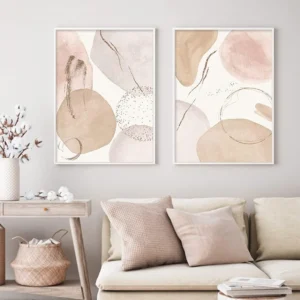 Abstract Bohemian Geometric Beige Poster Canvas Painting Wall Art Printing Picture Bedroom Living Room Home Decoration Picture
$3.80 – $22.00Price range: $3.80 through $22.00
Abstract Bohemian Geometric Beige Poster Canvas Painting Wall Art Printing Picture Bedroom Living Room Home Decoration Picture
$3.80 – $22.00Price range: $3.80 through $22.00
-
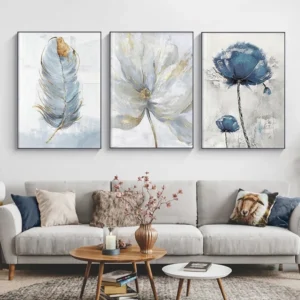 Scandinavian Flower Canvas Posters Nordic Art Wall Painting Print Abstract Flowers Feather Decoration Picture for Living Room
$5.73 – $32.74Price range: $5.73 through $32.74
Scandinavian Flower Canvas Posters Nordic Art Wall Painting Print Abstract Flowers Feather Decoration Picture for Living Room
$5.73 – $32.74Price range: $5.73 through $32.74
-
 Abstract Native Indian riding Horse Figure Painting Canvas Posters and Prints Cuadros Art Wall Picture vintage room decor
$3.80 – $26.44Price range: $3.80 through $26.44
Abstract Native Indian riding Horse Figure Painting Canvas Posters and Prints Cuadros Art Wall Picture vintage room decor
$3.80 – $26.44Price range: $3.80 through $26.44

